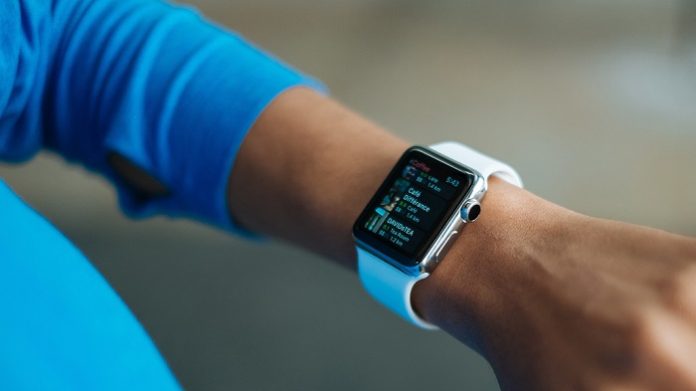Most electronic devices aren’t waterproof, much to your irritation if a sprinkler suddenly sprays you while you’re talking outside on your cellphone. Some electronics can be made at least water-resistant by, for example, using special glues to fuse outer components together. Flexible electronics are another story. Their sealant materials must be able to bend, yet with current technology, it’s inevitable that eventually such a sealant will crack or separate from the device—and there goes your water-resistant coating.
Researchers are determined to come up with a solution. Cellulose nanofibers are a proposed polymer coating for flexible electronics. These fibers are made from renewable resources and are environmentally friendly. However, they usually absorb water—commonly thought to be a fatal limitation for imparting water resistance.
In a study recently published in ACS Applied Nano Materials, researchers from Osaka University developed self-healing cellulose nanofibers that slightly disperse in water and act to protect a copper electrode, enabling the electrode to function for an extended period. The researchers’ flexible circuit protection mechanism retains electrode function underwater and can undergo hundreds of bending cycles.
In their initial work, an unprotected copper electrode failed after five minutes of dripping water onto it. Remarkably, a cellulose nanofiber coating prevented failure over at least a day of the same water challenge.
Why is this? Remember that cellulose fibers don’t repel water. Instead, this polymer coating migrates in the electrode in such a way to prevent the formation of conductive metal filaments that cause short-circuits. The electrodes even maintained their function after the cellulose coating was scratched to simulate bending damage.
The results aren’t attributable to simple ion exchange or nanofiber length. The nanofibers aggregate in water into a protective layer made cohesive by locally acidic conditions and polymer cross-linking.
A more rigorous test of the polymer coating was its performance after 300 cycles of bending underwater over the course of an hour. A conventional polymer coating usually failed, but the cellulose nanofibers continued to power LEDs.
You’ll be able to stretch, bend, and fold electronics with our coating, and they’ll still retain their water resistance. This is critical for use in applications under extreme conditions where device failure is unacceptable—for example, medical devices used in emergency disaster response.
In preliminary work, even an ultrathin polymer coating thickness of only 1.5 micrometers, and some other polymers, performed similarly to the originally tested setup. They’ll become a staple of wearable electronics, and perhaps even medical devices, in the coming years








